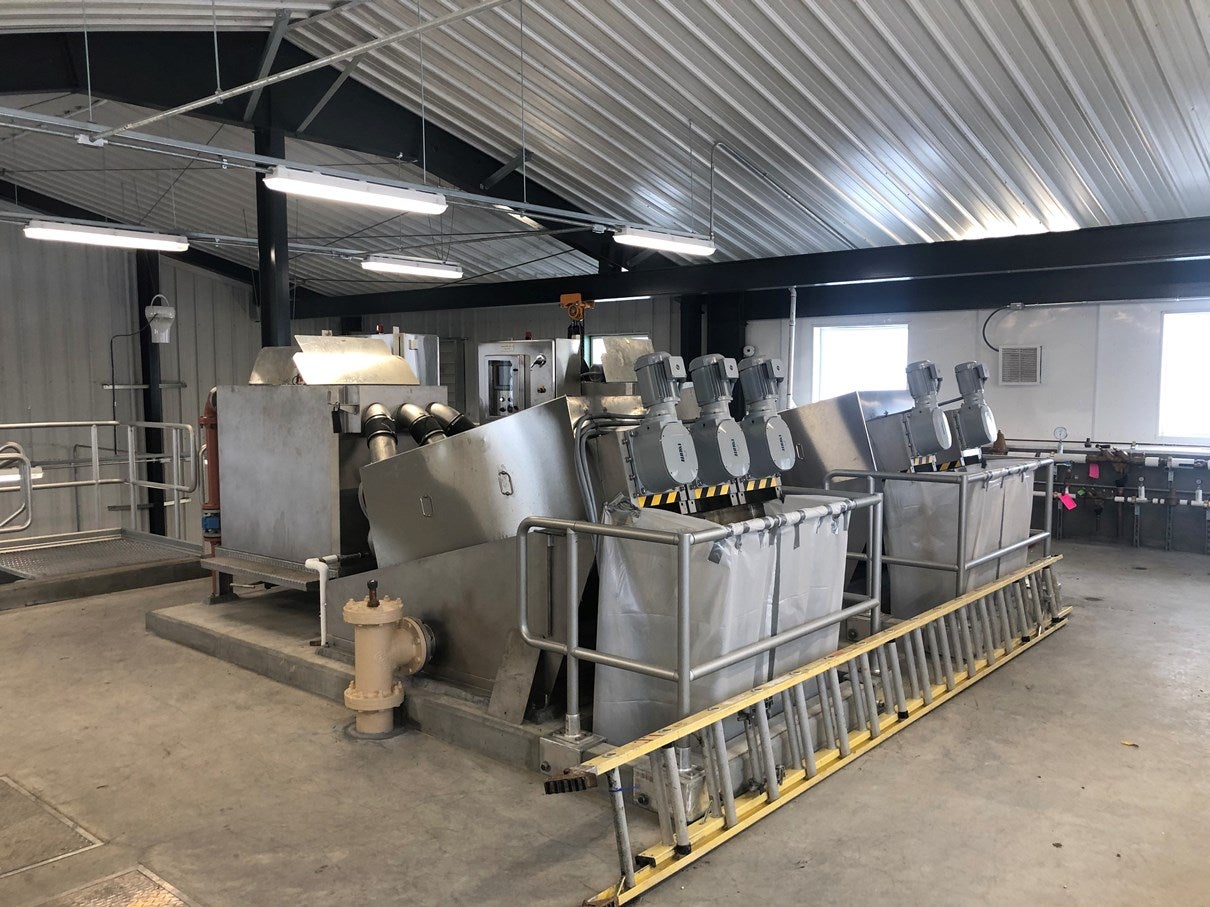
American construction company Burns & McDonnell has completed the design and construction of new residuals handling process and building at the Maple Grove Water Treatment Facility for The Consolidated Mutual Water Company in Denver, Colorado.
After commencing operations in February, the 15.6 million-gallon-per day (MGD) retrofitted water treatment facility is currently serving about 100,000 customers in the surrounding Jefferson County communities.
Originally opened in 2008, the plant needed dewatering process upgrade for solids handling, a procedure for removing leftover solids created when raw water is treated and converted into clean drinking water.
The Consolidated Mutual Water Company water treatment superintendent James Bohks said: “Throughout our company’s nearly 100-year history, we relentlessly strive to provide world-class water services to our customers.
“This outstanding project epitomizes our commitment to excellence, and enables us to deliver affordable, clean and safe water to our customers for decades to come.”
Burns & McDonnell was selected in 2017 to build the project
In 2017, Burns & McDonnell was selected by The Consolidated Mutual Water Company, to provide solids management study and also to offer design-build services for the retrofit project.
The company started construction last February and completed the water treatment project within the schedule and under the budget less than a year in January, this year.
The new 4,400ft² facility includes the new dewatering equipment with two 15,000-gallon solids storage tanks, two 105 gallon-per-minute (gpm), 535 pounds-per-hour volute dewatering presses, three 105 gpm progressive cavity pumps, two polymer preparation systems and ancillary feed valves, piping and controls.
Featuring advanced equipment and new dewatering method, the facility is expected save water in the treatment process, reduce odors and decrease heavy equipment noise levels.
Burns & McDonnell stated: “The design-build delivery method led by Burns & McDonnell enabled the procurement of dewatering equipment during the design phase, allowing the new equipment to be installed and operational — throughout peak demand season — in a temporary enclosure while the facility was under construction.”






